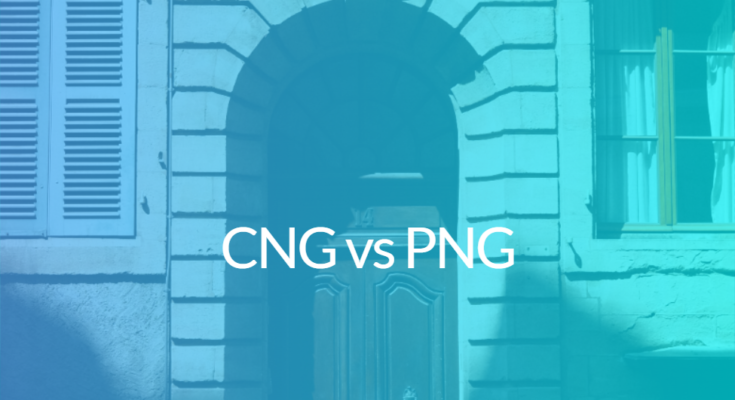Introduction:
CNG (Compressed Natural Gas) and PNG (Piped Natural Gas) are two alternative sources of energy that are gaining popularity across the globe. While both are forms of natural gas, they differ in terms of their transportation, storage, and usage. In this article, we will explore the difference between CNG and PNG.
Difference between CNG and PNG:
1. Transportation and Storage:
– CNG: CNG is compressed to a pressure of around 200-250 bars and stored in high-pressure cylinders. These cylinders need to be transported to refueling stations or fueling points for vehicles. CNG can be stored at home but requires specialized equipment for compression and storage.
– PNG: PNG is supplied through a network of pipelines that are installed underground. It is directly supplied to homes, commercial establishments, and industries without the need for any transportation or storage tank.
2. Purity and Composition:
– CNG: CNG is primarily composed of methane gas (around 90-95%) and may contain traces of other hydrocarbons. It is free from impurities and burns cleanly, resulting in lower emissions and pollution.
– PNG: PNG is also predominantly methane gas, but it may contain slightly higher levels of impurities compared to CNG. These impurities are removed through a purification process before supplying the gas to consumers.
3. Usage:
– CNG: CNG is mainly used as a fuel for vehicles, particularly in buses, taxis, and private cars. It is also used in some commercial applications like generators and for cooking purposes in some countries.
– PNG: PNG is primarily used for domestic purposes such as cooking, heating, and hot water systems in households. It is also used by small commercial establishments for cooking and various heating applications.
4. Infrastructure:
– CNG: CNG requires specialized refueling stations equipped with compressors and storage cylinders. These stations are usually set up at strategic locations along major transportation routes. Additionally, vehicles need to be specially designed or retrofitted to use CNG as a fuel.
– PNG: PNG requires a network of underground pipelines connected to the main supply source. These pipelines distribute the gas to various homes, buildings, and other establishments. No additional infrastructure is required for storing or refilling gas.
5. Safety:
– CNG: CNG is stored in robust cylinders designed to withstand high-pressure levels. These cylinders undergo rigorous safety tests and are fitted with safety devices to prevent leaks or ruptures. However, there is still a risk of fire or explosion in case of mishandling or accidents.
– PNG: PNG is supplied through underground pipelines, reducing the risk of accidents caused by gas leakage. The pipelines are monitored regularly for any leaks or damages, and safety measures are in place to ensure the safe usage of gas.
Conclusion:
In summary, CNG and PNG serve as viable alternatives to conventional fuels. CNG is primarily used as a transportation fuel, while PNG is supplied directly to households and small commercial establishments. The mode of transportation, storage, and usage vary between the two, with CNG requiring specialized refueling stations and PNG being supplied through pipelines. Both CNG and PNG offer benefits such as reduced emissions and lower fuel costs, making them environmentally friendly and cost-effective options for energy consumption.



